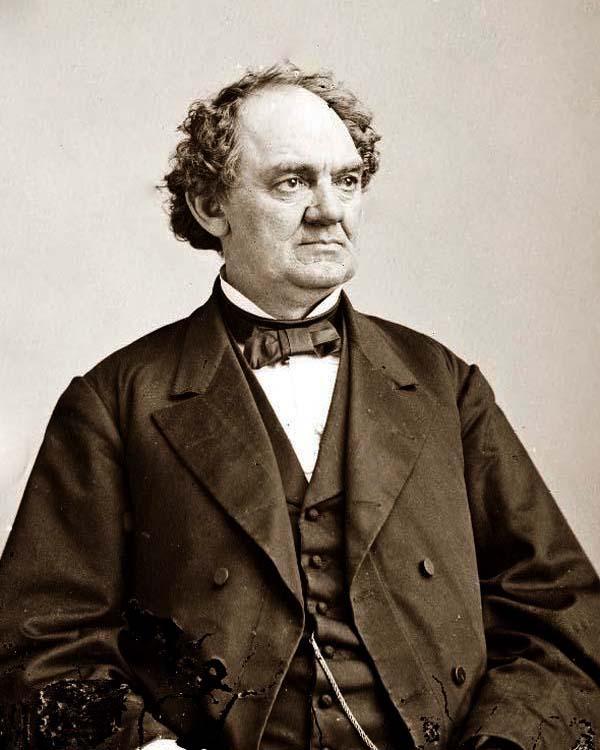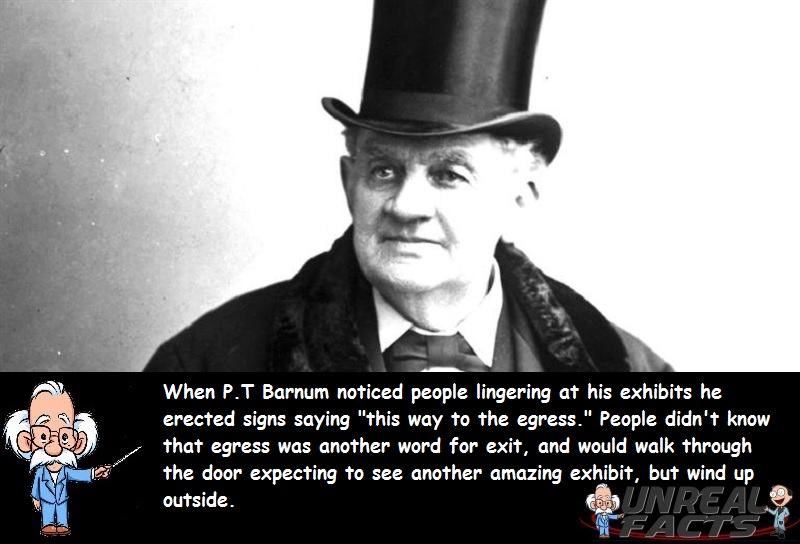This is one old proverb I love, “a fool and his money are soon parted.” It’s a sentiment that rings true throughout the ages. In today’s world the fool is often the victim of an elaborate scheme or conman, working online or through other illicit means. I mean, we all seem to have that distant Nigerian relative that has passed away unexpectedly and has left us a huge inheritance, but to get it we need to send a small security of a few thousand dollars so the funds can be released. Then there’s the scams that involve a cold calling to your phone from Microsoft support claiming that your PC has some problem, and for a small fee they can solve it for you. Obviously these are scams run by lazy con artists, and most of us can see through them as clearly as through a pane of glass. However, these kinds of schemes only exist because people fall for them, the fools. Sure, it’s blatantly obvious that they are nothing short of a con, but the fool and his money are soon parted. But that is today. What about before the internet and telephone age? Did any such dumb and lacklustre scheme ever exist? They sure did, and one of the most famous was the con by PT Barnum who would trick patrons with a sign that read “this way to the egress.”
PT Barnum is probably best remembered as one of the greatest entertainers and showmen of the 19th century. Indeed, his name still echoes throughout the ages thanks to the Barnum and Bailey Circus. But just because he was a showman doesn’t mean that he didn’t get up the odd sly trick. In fact, he was well known for his slight of hand, but not in the magicians sense.
So how exactly was a sign by PT Barnum saying this way to the egress a trick? Well, not many people back then, or even now would know that egress is just another word for exit. But why would he do this? Showing people a false and misleading exit sign would drive customers away? Well, let’s just say that he was in the business of making money and not friends.
Barnum was without a doubt one of the biggest names in entertainment during the 19th century. His name was known wide and far, and was fairly well respected. People from all around would want to see what he had on display during his shows, and were willing to pay to see the whole thing. But this popularity had the possibility of causing some logistical problems, and as a business man he needed a workable solution.
Barnum would notice that at many of his attractions people would linger too long at his exhibits. Time is money, and gawking people could and would hold up others that wanted to see the exhibit. Playing on words and ignorance, PT Barnum erected a sign that said this way to the egress. Obviously egress means exit, but not many people actually knew that, and would go through the door expecting to see another display. To their amazement, they found themselves outside, with plenty of the exhibit still remaining unseen.
So here we now have two outcomes that are of benefit for the enterprising PT Barnum. Firstly, by tricking his patrons with an honest, but misleading sign, he has moved the queue along. Secondly, if they wanted to see the rest of the display, they had to pay a second time. Brilliant.
PT Barnum was known to play the odd trick on the unsuspecting public. On another occasion, he advertised a display of the body of a mermaid, with the voluptuous bare breasted body of a human and the tail of a fish. This attracted huge crowds who just ended up seeing the head of an ape that was sewn onto the body of a fish. Clearly a mermaid should have rung bells, and the blatant lie that was a poor attempt a macabre zoological stitch up earned him a reputation as a sharp-witted hoaxer.
SOURCES









